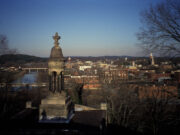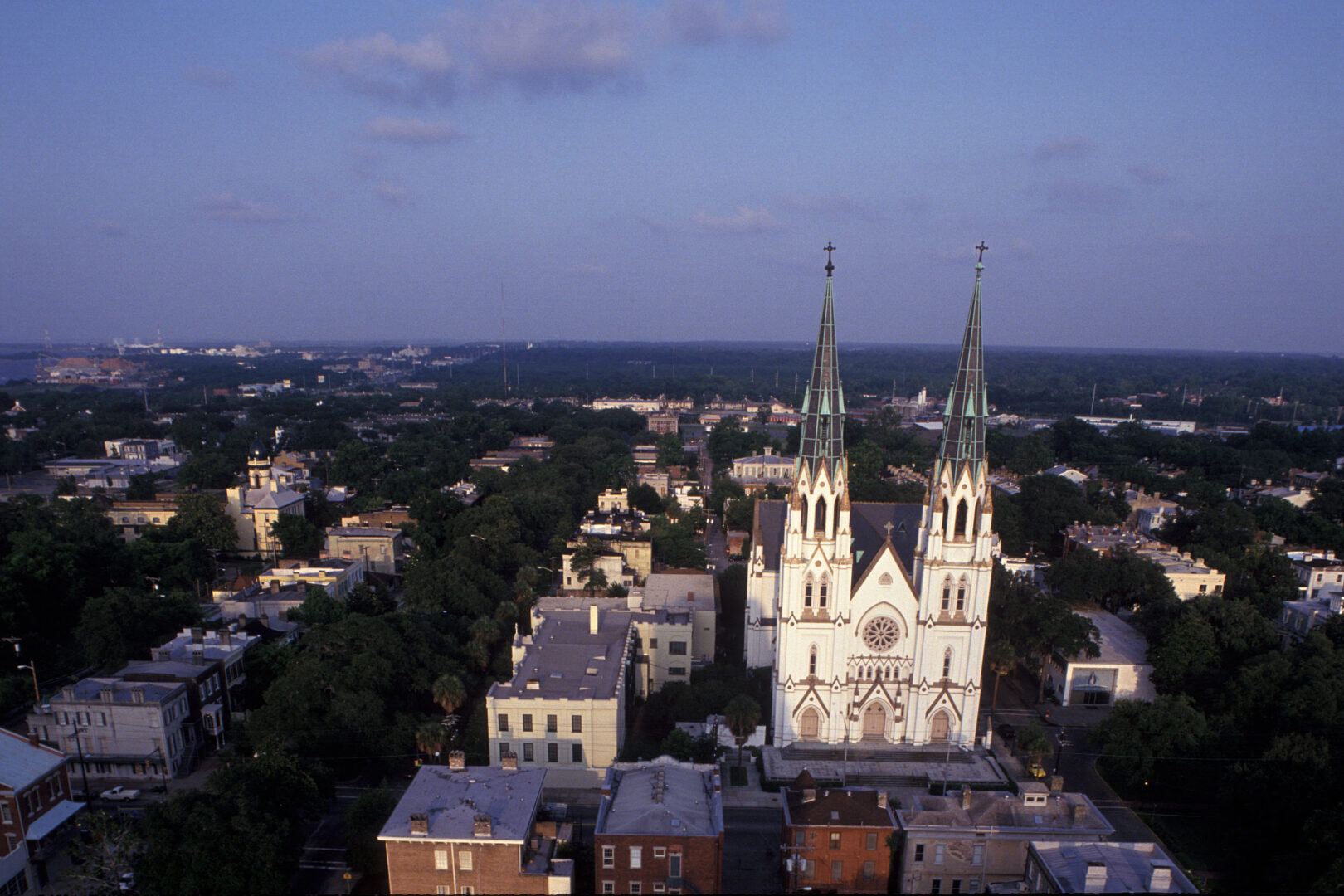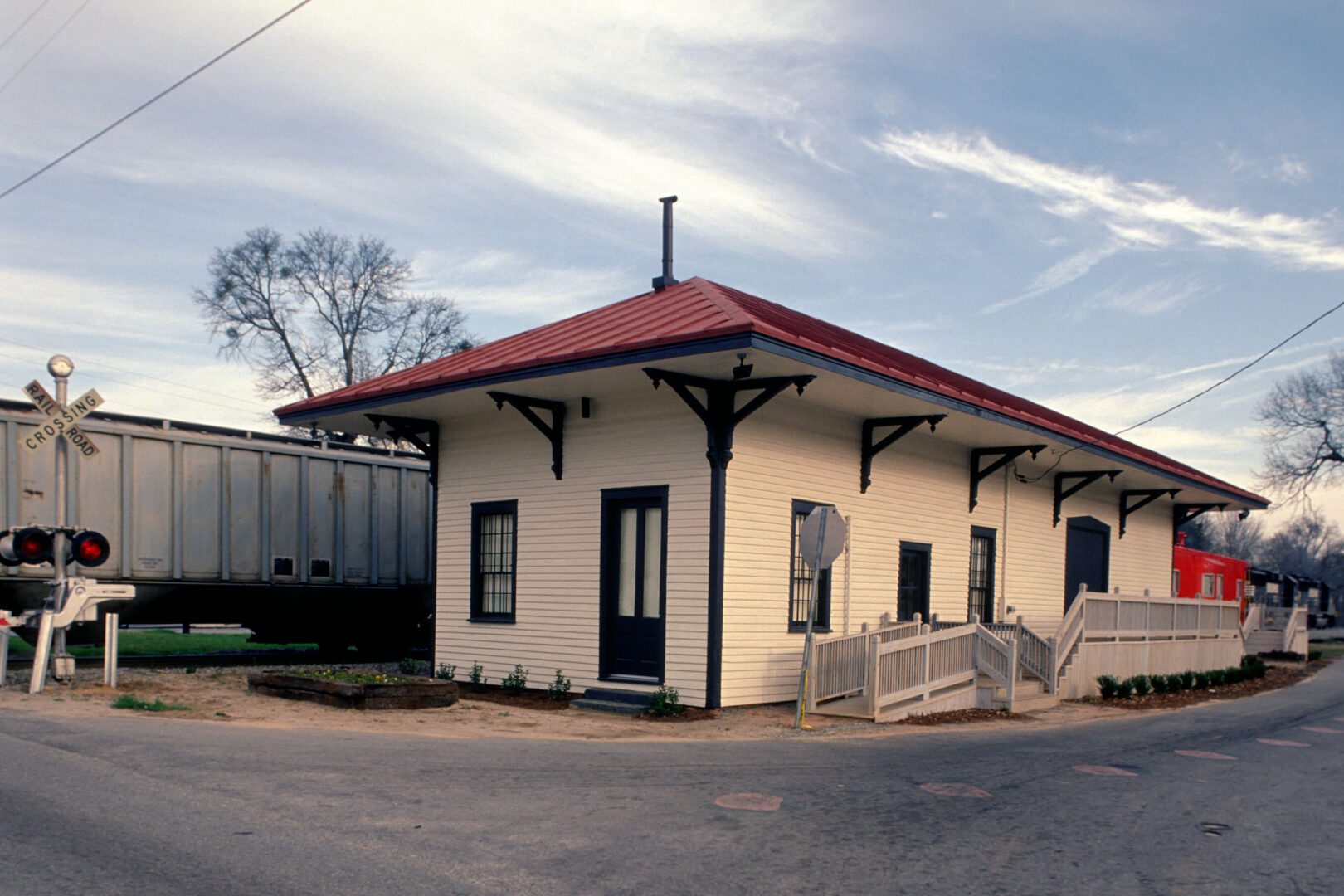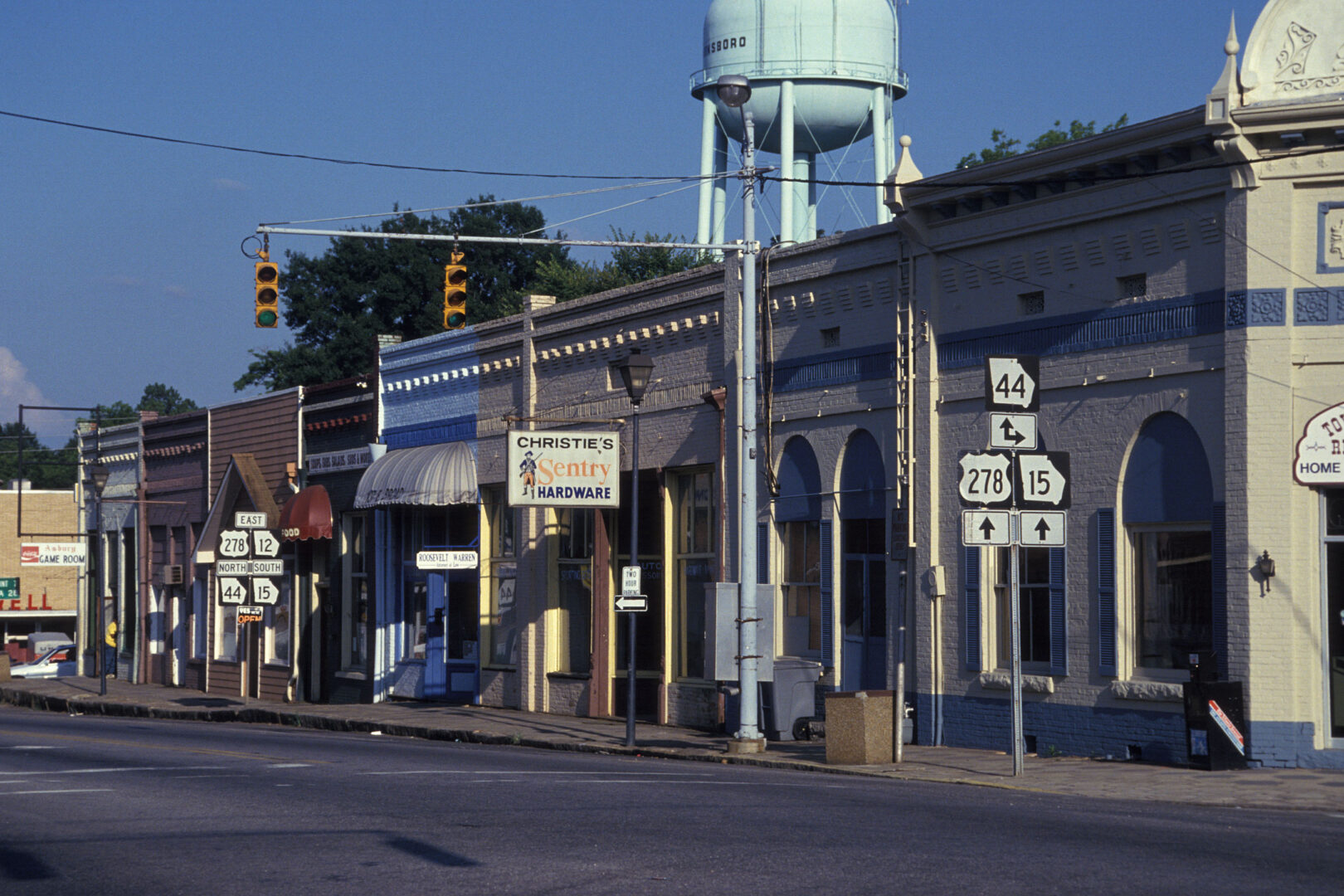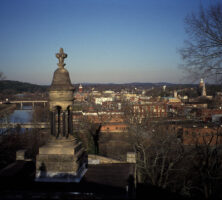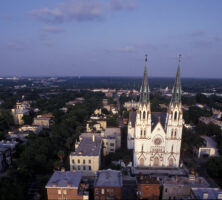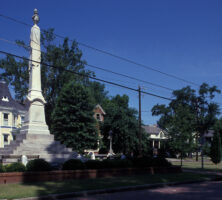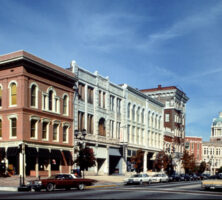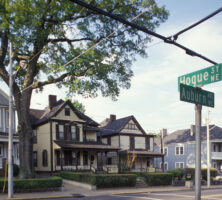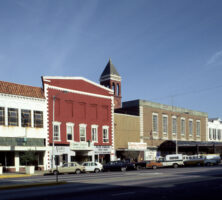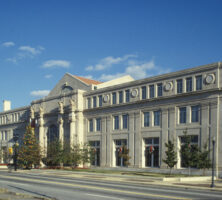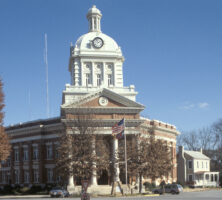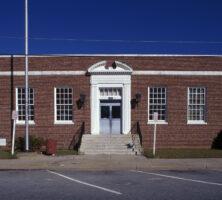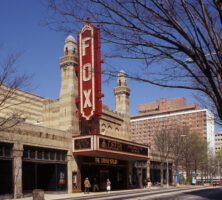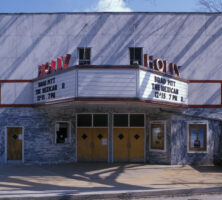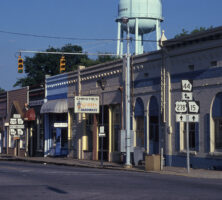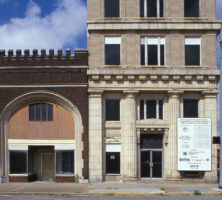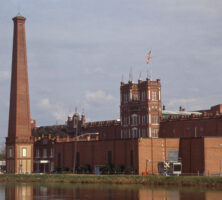The story of historic preservation in Georgia, as in the nation, is one of the rebirth of neighborhoods and downtowns. Since 1955, when the Historic Savannah Foundation began reclaiming that city’s historic downtown neighborhoods, historic preservation has increasingly been used in Georgia as the basis for community development. This direction was encouraged by the National Historic Preservation Act (NHPA) of 1966, which promoted the preservation of the nation’s history as “a living part of community life and development.”
History of Neighborhood and Downtown Preservation
While the first preservation efforts focused on individual landmarks associated with famous people, subsequent initiatives adopted an increasingly broad field of vision that came to include entire neighborhoods. The National Register of Historic Places, created by NHPA, included a category of historic property called “historic district,” and developed criteria by which these places could be identified and evaluated. This process fostered an interest in environmental planning that led to concern for older neighborhoods and downtown areas.
Georgia’s preservation movement began in 1955 when seven local women were moved to protect Savannah’s 1821 Davenport House, which was slated for demolition by city officials. To spare the Federal-style structure, the women established the Historic Savannah Foundation and set about developing tools and strategies that would become essential to preservation efforts throughout the state and nation.
Residents in other Georgia cities soon followed their lead, and efforts were undertaken to preserve historic sites and districts throughout the state. After the Columbus historic district was surveyed and listed in the National Register of Historic Places in 1969, the new Historic Columbus Foundation worked to attract residents back to the downtown residential area. Similar efforts were undertaken in Macon, where local residents supported preservation efforts in the city’s historic downtown and its surrounding neighborhoods. In Augusta federal tax credits of the 1980s were instrumental in the rehabilitation of housing in the Pinched Gut historic district, later called Olde Town, where many rental or income-producing properties could take advantage of the income tax credits. Smaller cities like Thomasville and Athens also established preservation organizations and began rehabilitating residential areas using the tools of historic district zoning, revolving funds, grants for rehabilitation, and such financial incentives as income tax credits and tax freezes for rehabilitated areas.
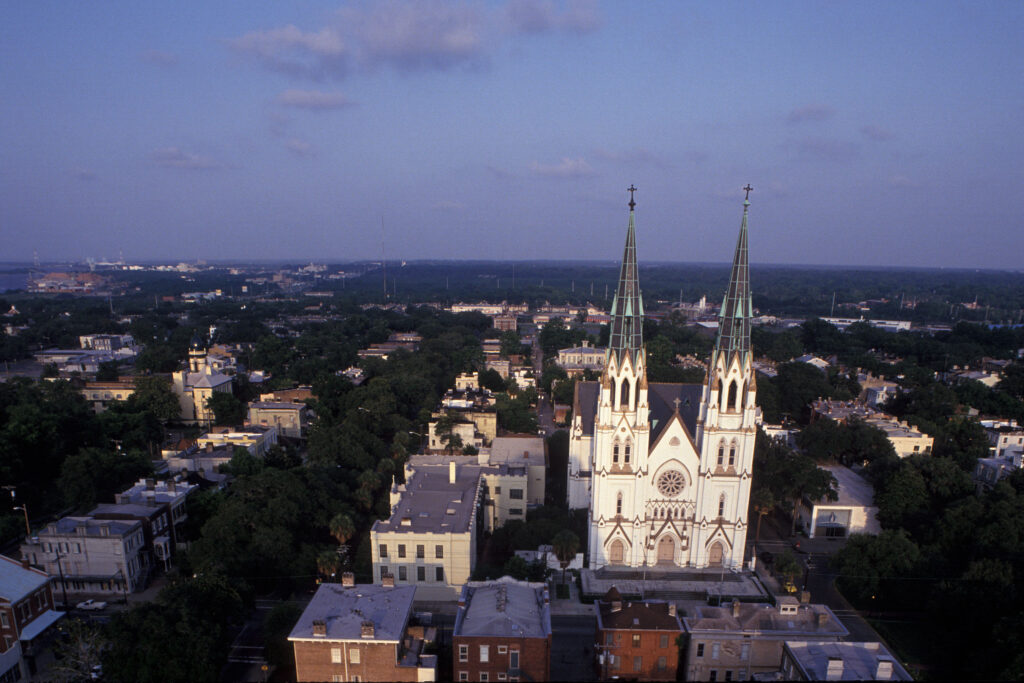
Courtesy of Historic Preservation Division, Georgia Department of Community Affairs.
The earliest work affected neighborhoods that had originally been developed for affluent residents. However, as the historic preservation movement broadened to include historic places associated with increasingly diverse populations, a greater variety of neighborhoods were included. Among the earliest efforts was Savannah’s oldest still-intact African American neighborhood, the Beach Institute area. A neighborhood organization was formed in the 1980s to survey its historic places and to save the King Tisdell Cottage by moving it from an urban renewal neighborhood, where other historic buildings were being demolished, to the Beach Institute area. A major community landmark, the Beach Institute Building of 1867, which gave the neighborhood its name, was rehabilitated into a community center. The Victorian district adjacent to the original landmark historic district became the focus of an innovative housing program for the largely African American population of this neighborhood, and the city has continued to expand housing programs into a number of historic neighborhoods.
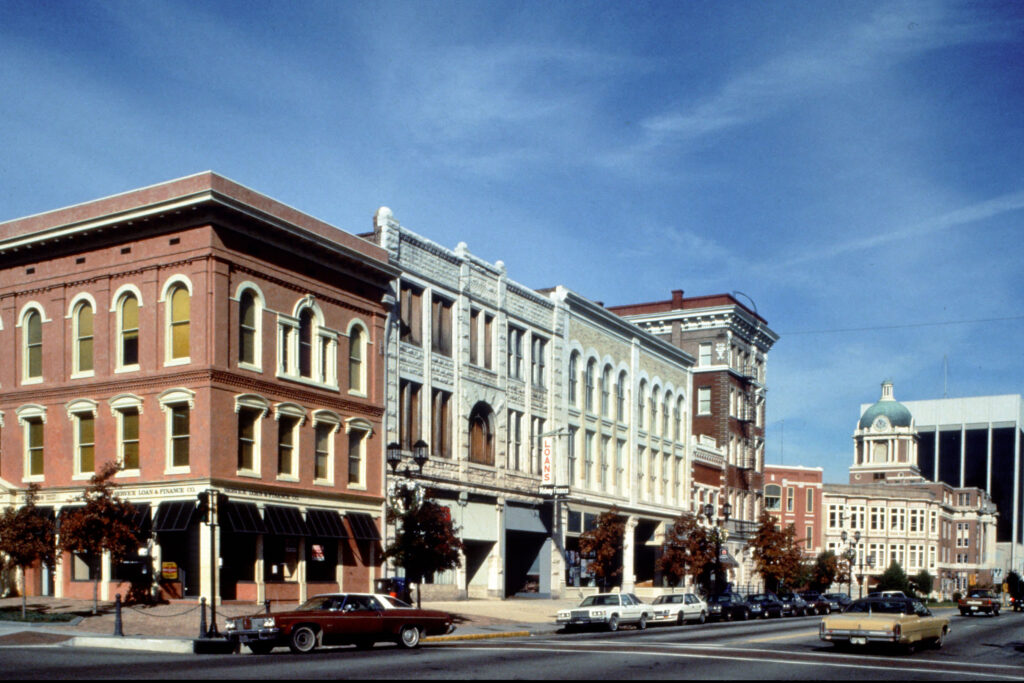
Courtesy of Historic Preservation Division, Georgia Department of Community Affairs.
Macon has been a national leader in affordable housing rehabilitation from its first efforts in Pleasant Hill, one of the state’s largest African American historic districts.The Macon Heritage Foundation, using tax credits, federal funds, and state historic preservation and housing assistance programs, began the revival project with a row of shotgun houses in the late 1980s. The work has continued into many other neighborhoods of mixed-use buildings and moderate-income residences, such as Huguenin Heights and Tatnall Square. Due in part to the success of these earlier efforts, the city housing authority later partnered with Mercer University to replace older public housing with single-family and town-house apartments on a reinstalled street grid more compatible with the surrounding Bealls Hill neighborhood.
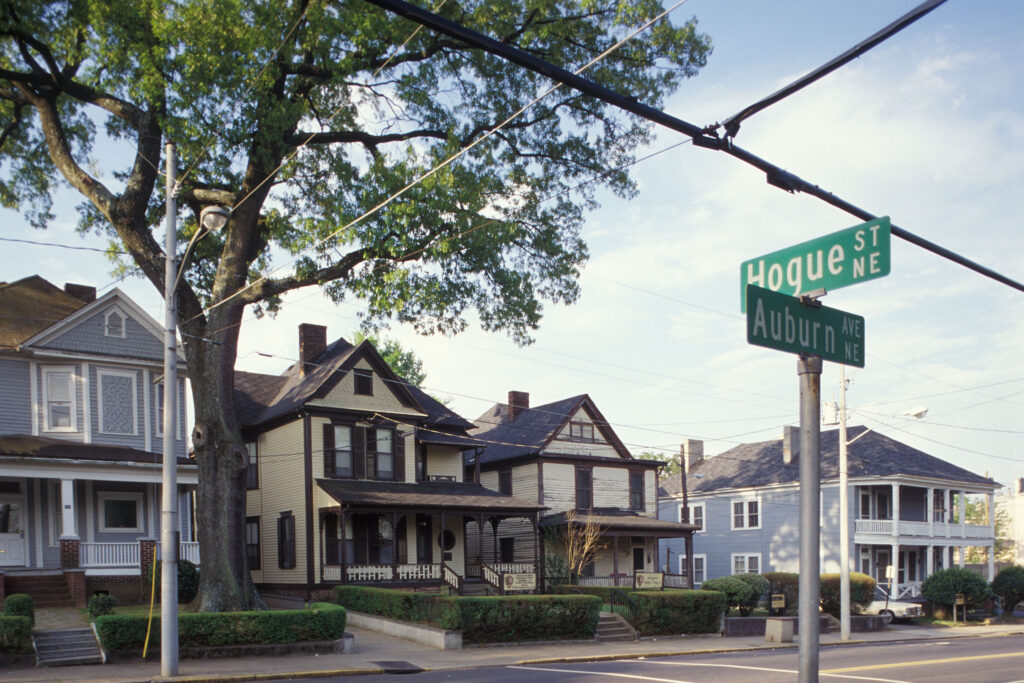
Courtesy of Historic Preservation Division, Georgia Department of Community Affairs.
Despite its reputation for careless redevelopment, Atlanta has supported one of the state’s strongest neighborhood movements. Beginning in the early 1970s, Inman Park, Druid Hills, and Ansley Park attracted preservation-minded citizens to their older houses and landscaped streets following the destruction of older areas by such massive transportation projects as the interstate highway system. Ensuing neighborhood activism and the response of city government through the neighborhood-planning unit structure helped support a diversity of residential-area preservation projects throughout the city. In the neighborhood surrounding Auburn Avenue, where Martin Luther King Jr. grew up and later preached,the Historic District Development Corporation (HDDC) has been a leader in creating affordable housing and mixed-income development. In addition to the usual challenges of a deteriorated housing stock, the HDDC worked through the standards and regulations imposed on national landmark districts as well as the requirements of local historic zoning. Coordination with many partners, including federal, state, and local government programs, and support from local banks and the National Trust for Historic Preservation have been the key to success.
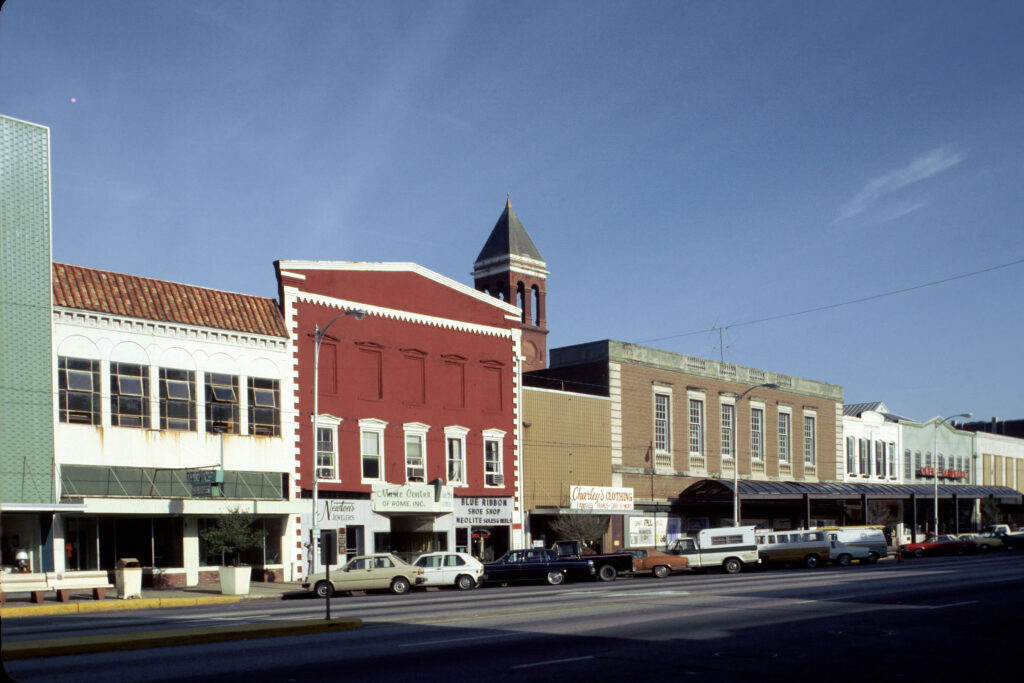
Courtesy of Historic Preservation Division, Georgia Department of Community Affairs.
Since many older neighborhoods were often mixed-use areas with interspersed or adjacent commercial buildings, preservation organizations and local governments sought programs and investors who would keep these older commercial areas viable.Broughton Street in Savannah, Broad Street in Augusta, and Broadway in Columbus are typical of older downtown areas that have enhanced residential options in nearby neighborhoods. Tax incentives, first federal and subsequently state-based, began to be used for buildings in these downtown areas. Federal tax credits were particularly important in stimulating major commercial area projects in Macon, Columbus, and Augusta, and in smaller cities like Rome and Thomasville, where downtown programs have won national awards. Programs like the Georgia Main Street Program and Better Hometown not only have helped smaller communities but also have influenced the process in larger cities.
The earliest interest in historic districts grew from appreciation of their visual qualities—interesting and significant historic architecture set among established trees and mature vegetation and arranged along shady, pedestrian-friendly streets in a rhythmic progression of structures and spaces. Often this continuity of building and setting is punctuated by significant historic landmark structures, such as churches, schools, and public buildings. But as the movement to preserve these places has progressed through the late twentieth century into the present, its supporters and beneficiaries have become increasingly mindful of preservation’s many economic, environmental, and social benefits. Key among these has been the preservation of a “sense of place” that animates and distinguishes Georgia’s historic communities.
The Historic Preservation Process
In Georgia’s communities success has seldom come from a single development but rather has grown from a series of projects and programs over a number of years. What sustained these efforts has been a process that includes a sequence of historic preservation strategies and a complex system of public and private partnerships. In some cases, these partnerships developed to prevent the loss of a beloved landmark or historic residential area, while in others, partnerships formed to reverse the gradual deterioration of buildings and places over time.
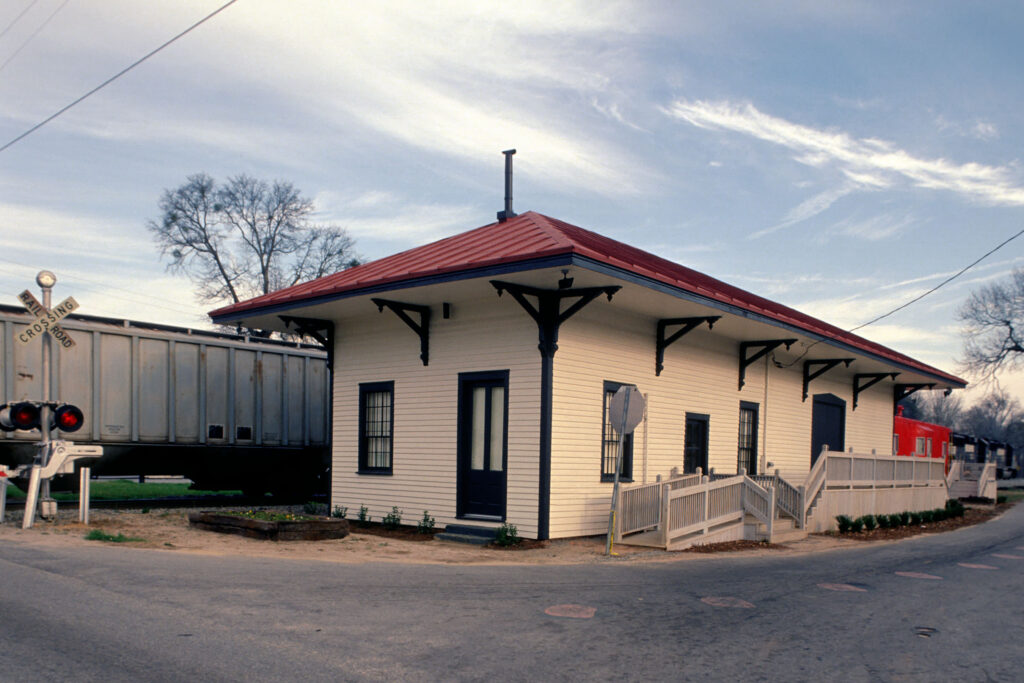
Courtesy of Historic Preservation Division, Georgia Department of Community Affairs.
In all of Georgia’s larger cities, historic districts have been recognized in downtown areas and surrounding neighborhoods, beginning with Savannah in the 1950s. Local organizations assisted by the state historic preservation office (Historic Preservation Division) and encouraged by the statewide preservation organization (Georgia Trust for Historic Preservation) established the value and significance of their historic resources through surveys, National Register listings, and local designations. In 1980 the General Assembly passed the Georgia Historic Preservation Act, which authorized local governments to designate historic properties by ordinance and establish historic preservation commissions to protect them. In the decades that followed the act’s adoption, no fewer than 140 municipalities and counties have created such commissions.
State law also requires that all local comprehensive plans include a historic preservation component. While these and other legislative interventions have been helpful, revolving funds, conservation easements, and other creative solutions that require public and private sector actors to partner remain essential to the preservation movement’s advancement.


